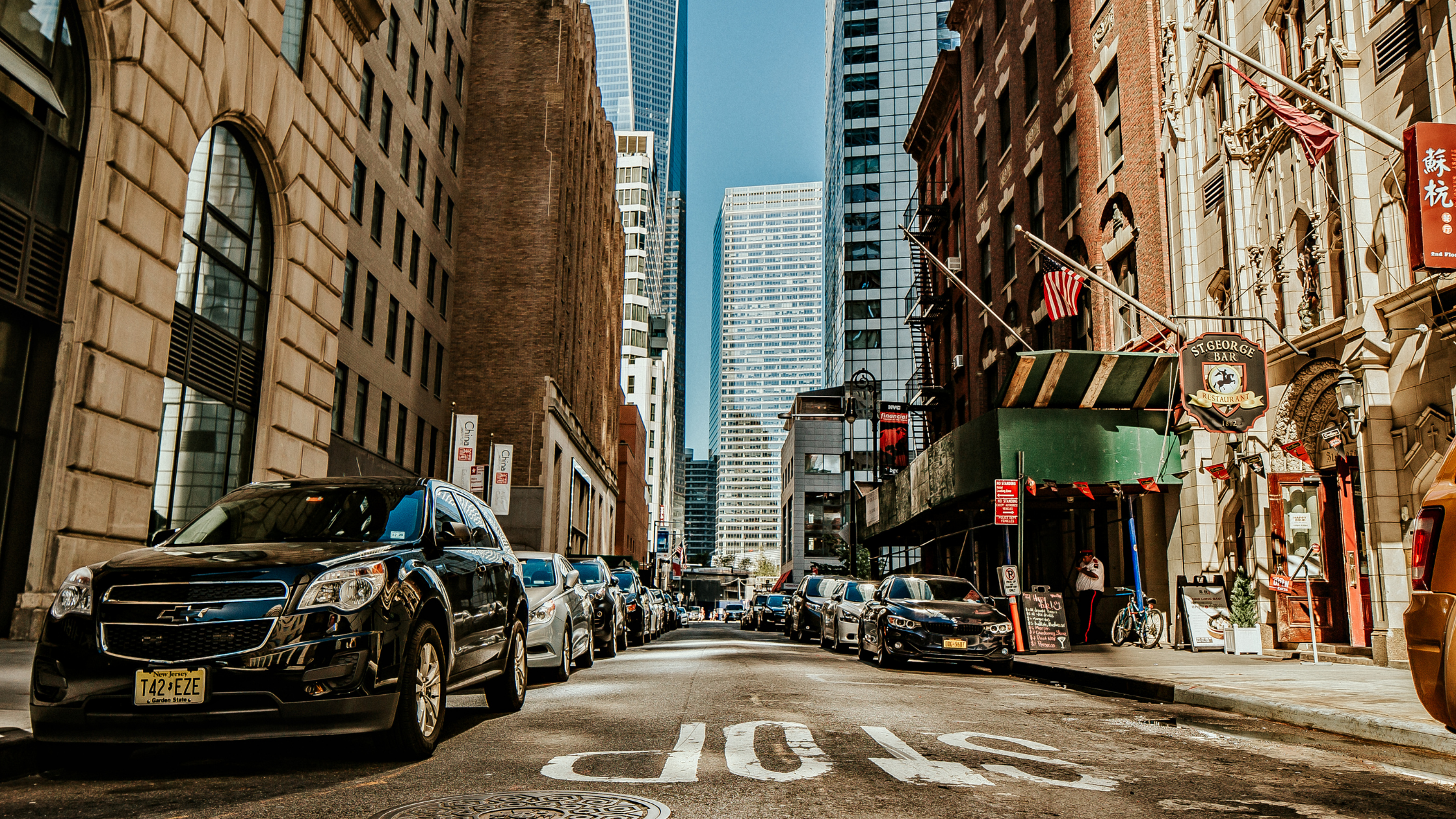The universe of virtual reality (VR) is expanding at a breakneck speed. With advancements in 3D environment software, there’s a transformative shift in how you perceive, interact, and immerse yourself in digital realms. While VR is already a game-changer, 3D design serves as the catalyst, enriching the virtual experience to unprecedented levels. Let’s dive into the compelling ways 3D design and VR are interweaving to create experiences beyond your wildest dreams.
1. Richer, More Lifelike Environments
At the heart of any VR experience lies the environment—a digital world where users interact, explore, and immerse themselves. With 3D design, these environments leap out with enhanced realism. Imagine strolling through a lush digital forest where every leaf, twig, and raindrop is meticulously crafted to mimic reality. Such intricate details elevate VR from being a mere simulation to an almost tangible alternate reality.
2. Seamless Interactivity and Engagement
VR’s magic lies in its interactivity. Through 3D design, objects and characters within these virtual realms respond more intuitively to user actions. Whether it’s picking up a digital artifact or engaging with a virtual character, the 3D design ensures these interactions feel natural and fluid, further blurring the lines between the real and virtual worlds.
The level of interactivity facilitated by 3D design enhances the sense of agency users have within VR. They can manipulate objects, explore hidden corners, and truly feel like they are shaping the virtual world around them. This sense of control and engagement transforms the passive act of observation into an active and participatory experience.
3. A Canvas for Limitless Creativity
3D design in VR isn’t confined to the boundaries of reality. It’s a playground for imagination. Designers can craft floating islands, gigantic talking trees, or even underwater cities illuminated by neon corals. Such creative freedom means VR experiences can be as grounded or as fantastical as one’s imagination permits. The fusion of 3D design and VR liberates creators from the constraints of the physical world.
This boundless canvas allows designers to construct dreamscapes, alternate realities, and scenarios once thought impossible. This opens the door to innovative storytelling and artistic expression that pushes the boundaries of human imagination.
4. Personalization and Customization
Remember the thrill of personalizing your room or workspace? Now, imagine doing that in a virtual realm. The 3D design allows users to customize and personalize their VR spaces. They can shape their environments, choose the aesthetics, and even alter the laws of physics. Such personalization ensures every VR journey is unique to the individual, offering a tailored experience each time.
5. Enhanced Emotional and Sensory Engagement
The true success of a VR experience lies in its ability to evoke emotions. Through 3D design, landscapes can transform to reflect moods – serene sunsets for calm, stormy oceans for turbulence. The play of light, sound, and texture, all refined by 3D design, taps into your sensory perceptions, making the virtual experience resonate emotionally.
The marriage between 3D design and virtual reality is redefining the horizons of digital immersion. By enhancing realism, interactivity, and emotional resonance, 3D design is ensuring that VR isn’t just an experience for the eyes but a journey for the soul. As the boundaries of technology continue to stretch, the synergy between VR and 3D design will undoubtedly usher in a new era of digital exploration, one where your wildest imaginations come to life before your very eyes.
